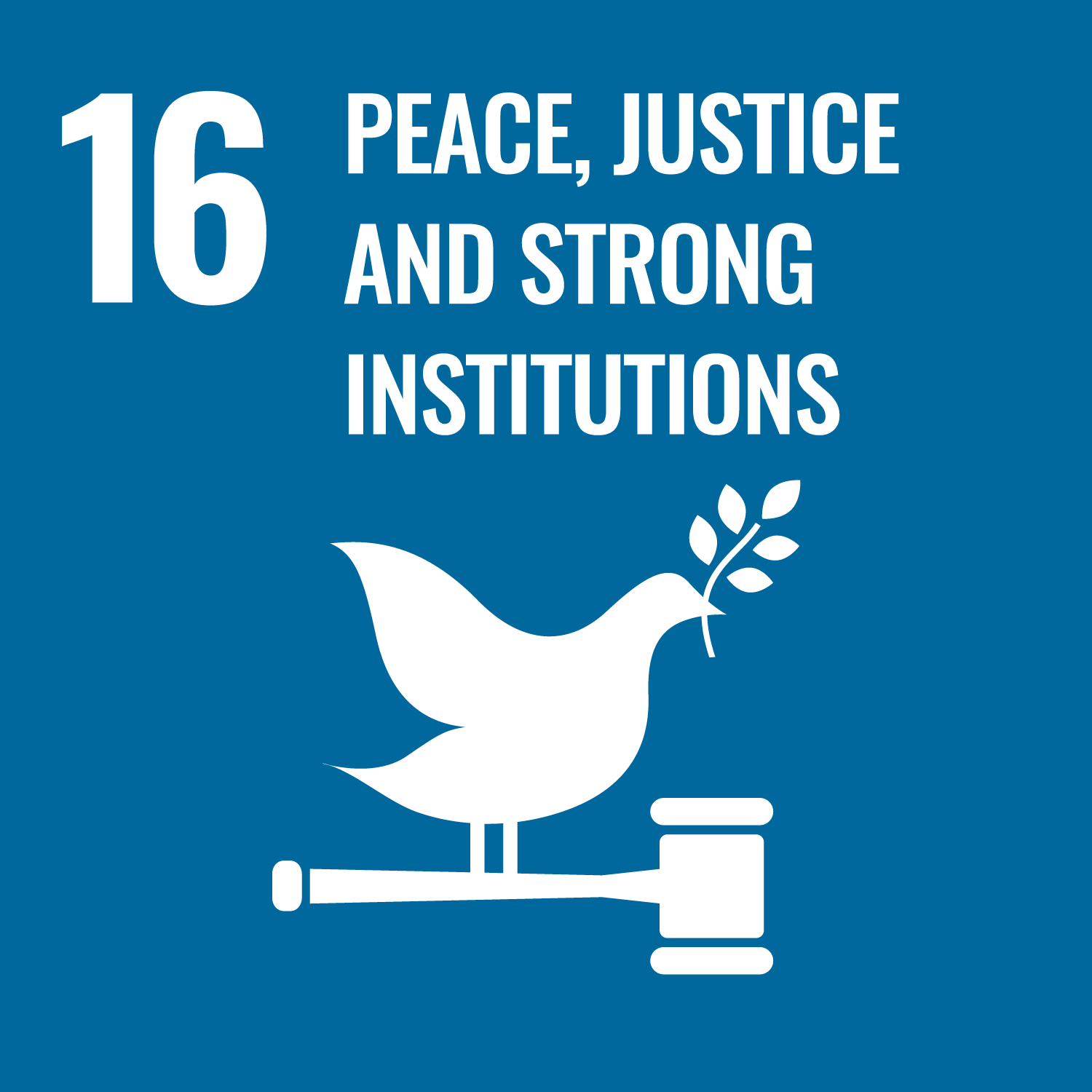What does a healthy media diet look like?
While in the United Kingdom and Germany the public media play a significant role in people's media diet and are considered a source of highly reliable news, the same cannot be said for Spain, Romania and PolandYoung adults get more information from social media, whereas older adults generally stick to traditional media

A study carried out by five universities in five European countries (Germany, Poland, Romania, Spain and the United Kingdom), in which the Universitat Oberta de Catalunya (UOC) was involved, explores the concept of "media diet", i.e., the news consumption pattern of two separate age groups (young adults 18 to 25 years old, and older adults from 55 years old) in the current scenario in which traditional media coexist with social media and new narratives. The study, A qualitative examination of (political) media diets across age cohorts in five countries, is based on interviews with focus groups to establish, firstly, what they think about their own news consumption; secondly, what they think a "healthy" media diet should be like; and thirdly, their opinion of other people's media diets.
The study found a fairly clear difference between age groups. While young adults get more information from social media, older adults mostly stick to traditional media. In terms of news users, young people are mainly "social media news users" who can become "online news seekers" but only for topics they are interested in. Older adults are users of "traditional" news in terms of the sources they use.
The differences found are not only between young and older adults. The results also show differences between older adult cohorts between countries. The greatest difference was seen in the inclusion of public service media in media diets: while in the United Kingdom and Germany public media play a significant role in people's media diet and are considered a source of highly reliable news, the same cannot be said for Spain, Romania and Poland. This is probably due to differences in the journalistic traditions of each country.
Features of a media diet
When it comes to defining what is considered a good media diet, the results show more similarities than differences. In both age groups in all countries, a healthy media diet is described as one that includes quality news and balanced sources, and it is considered that citizens should avoid "rubbish" when choosing their consumption.
In the young adult group, despite mentioning their importance for a healthy media diet, public service media were not included in the description of their own diet. In addition, this group perceives the media diet of members of its own cohort as unhealthy and even "toxic".
The results of the study show how each age group believes that the other has a poorer media diet. Young people think that older people are prone to selective exposure, misinformation and a less diverse media diet because they have no interest in alternative media. Older adults who participated in the study, on the other hand, spoke of a total lack of interest in (political) news among younger people.
The concept of "media diet", a useful analogy for analysis
Ana Sofía Cardenal, a member of the UOC's Faculty of Law and Political Science and of the GADE research group, is one of the authors of this study that examines the usefulness of the concept of media diet to analyse people's news consumption habits. "There's been some recent academic interest in people's media diets, but the concept remains vague and not fully developed," they said. It's an analogy between the different types of media we consume to inform ourselves and a diet made up of a variety of foods. "Referring to the consumption of individual media as a media diet is a useful analogy in comparative qualitative research, as it intuitively makes sense in many languages."
Regarding the results, the authors believe that showing that both age groups, the younger and the older, "often have bold and negative impressions about the media diets of the other age group can be considered a negative thing, to the point of wondering if these impressions are misconceptions". The researchers argued that "it's not useful in a social dialogue of groups for people to have misconceptions of what the others are doing". However, the results also include some positive aspects, which pleased the researchers: "People from different countries and ages seem to have a good idea of what a 'healthy' media diet is, and this is a good starting point for thinking about what it takes to have a good media diet too."
Recommendations arising from the study
One of the aims of the study was to obtain data so as to be able to make recommendations to journalists, policymakers and educators. The authors thus explained that the results can be used to make journalists aware "of the differences between age cohorts so that as many people as possible have a 'healthy' media diet". As for policymakers, the results of the study may suggest that they "should ensure independent media exist and promote media literacy initiatives". Educators, for their part, should, following an analysis of the findings, "help people navigate the modern media landscape and achieve a 'healthy' media diet".
This UOC research supports Sustainable Development Goals (SDGs) 16, Peace, Justice and Strong Institutions.
Article de referència
Hopmann, David Nicolas, Stępińska, Agnieszka, Stanyer, James, Halagiera, Denis, Terren, Ludovic, Gehle, Luisa, Meltzer, Christine E., Buturoiu, Raluca, Corbu, Nicoleta, Cardenal, Ana S. and Schemer, Christian. "A qualitative examination of (political) media diets across age cohorts in five countries" Communications, 2024. https://doi.org/10.1515/commun-2023-0014
UOC R&I
The UOC's research and innovation (R&I) is helping overcome pressing challenges faced by global societies in the 21st century by studying interactions between technology and human & social sciences with a specific focus on the network society, e-learning and e-health.
Over 500 researchers and more than 50 research groups work in the UOC's seven faculties, its eLearning Research programme and its two research centres: the Internet Interdisciplinary Institute (IN3) and the eHealth Center (eHC).
The university also develops online learning innovations at its eLearning Innovation Center (eLinC), as well as UOC community entrepreneurship and knowledge transfer via the Hubbik platform.
Open knowledge and the goals of the United Nations 2030 Agenda for Sustainable Development serve as strategic pillars for the UOC's teaching, research and innovation. More information: research.uoc.edu.
Experts UOC
Press contact
-
Anna Sánchez-Juárez

